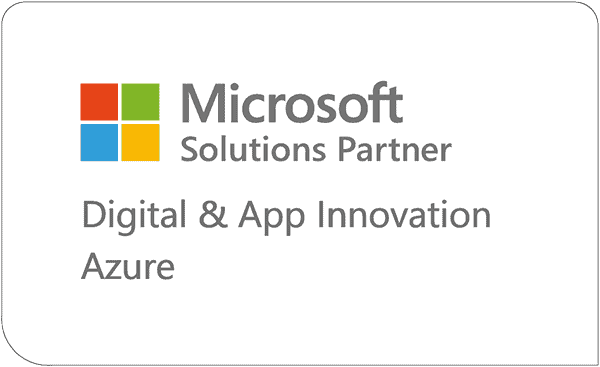Getting Started with Intelligent Automation
Business Process Automation Ideas
Within the realm of business process management, the goal is to analyze whether current processes are meeting the goals of an organization, and how those processes are carried out. Through the lenses of automation, we’ll assess and identify automation opportunities.
Identify, Assess, and Automate
Automation is an important pillar in both business transformation and digital transformation. It fundamentally affects what products and services you can offer to customers, the manner in which they’re offered, and the efficiency of the back-end processes involved. Through pairing Intelligent Automation (IA), or Robotic Process Automation (RPA), and Business Process Analysis (BPA), organizations must consider enhancing existing processes/departments if they wish to gain a competitive edge.
A thorough business process analysis serves to monitor the efficiency of a process, measure its performance, and explore how it should be further managed prior to a RPA implementation. Further, it is crucial to understand that implementing automation cannot automatically “fix” an already broken process, nor make it more efficient. Below are examples of pain points and/or instances in which a thorough business process analysis can assist:
Using Intelligent Automation to Identify Automation Candidates
Today, RPA has evolved into an intelligent and data-driven automation platform capable of streamlining dynamic and complex processes. By incorporating AI into the mix, it has now evolved to become Intelligent Automation. Through these enhanced capabilities, RPA can also be used to identify and assess processes to see if they’re a candidate for automation in the first place.
Hyperautomation plays a role in this capability. This term is used to describe next-level automation initiatives and possibilities by streamlining end-to-end processes. This is achieved by combining RPA with the capabilities of artificial intelligence and machine learning.
Leading RPA providers such as UiPath and Microsoft Power Automate, have developed bots capable of hyperautomation scaling, and thus helpful in identifying future implementation candidates. This mitigates, and in most cases completely eliminates, the possibility of using RPA inappropriately and prematurely to try and enhance an already broken process.
How RPA and Business Process Analysis Work Together
RPA serves to automate parts of these business processes that are manual and repetitive in nature. As such, RPA’s success hinges on the ability to carefully analyze processes, identify the repeatability portions, create pre-RPA and post-RPA process mapping, and implementing the future-state of the process. Business process analysis is a critical success factor and a core skill needed in your RPA team.
We need to holistically consider an organizations dynamic value chain, business processes, and standard procedures. We do so by classifying these categories across 5 sections respectively:
A business process analysis is of course best suited to fully optimize an organization’s value chain between sections 1-4. In doing so, BPA makes graphical modeling languages available, such as Business Process Modeling Notation (BPMN), and Value-Added Chain Diagram (VACD), to examine and document business processes using the ideal industry standard. Standard operating procedures and leadership responsibilities reside in sections 3 and 4 of this hierarchy and include activities that require uniformity, management, and processes that have innovative opportunities.
Section 5 is where RPA and business process analysis truly works hand-in-hand. Automating routine processes allows the human counterpart to work on more innovative tasks that are encompassed in BPM. If an RPA integration can oversee and control standard operating procedures (which is a sizable area of an organization), BMP can serve to possibly automate other business processes, such as policy underwriting and asset management.
You Need a Trusted Partner
Smartbridge has extensive experience in implementing RPA into processes of enterprise-level organizations. Further, through proper and extensive business process analysis methods, our team can help you identify candidates for automation within your existing business practices, giving you a deeper understanding of them altogether.
Further, our experts have implemented ERP, CRM, and ECM systems that enable business processes, business intelligence and analytical solutions to gauge the performance of these processes. We lead you through your automation journey by way of the following:
Smartbridge can be the partner you’re looking for. Our RPA specialists will lead you through your automation journey to create a future-state automation start to finish strategy/road map. Through proper education, assessments and even education, we carefully place you on a journey that creates market differentiation relative to your competition. Book one of our automation experts for a 30-minute no obligation call.
Looking for more on Automation?
Explore more insights and expertise at Smartbridge.com/automation
There’s more to explore at Smartbridge.com!
Sign up to be notified when we publish articles, news, videos and more!
Other ways to
follow us:





